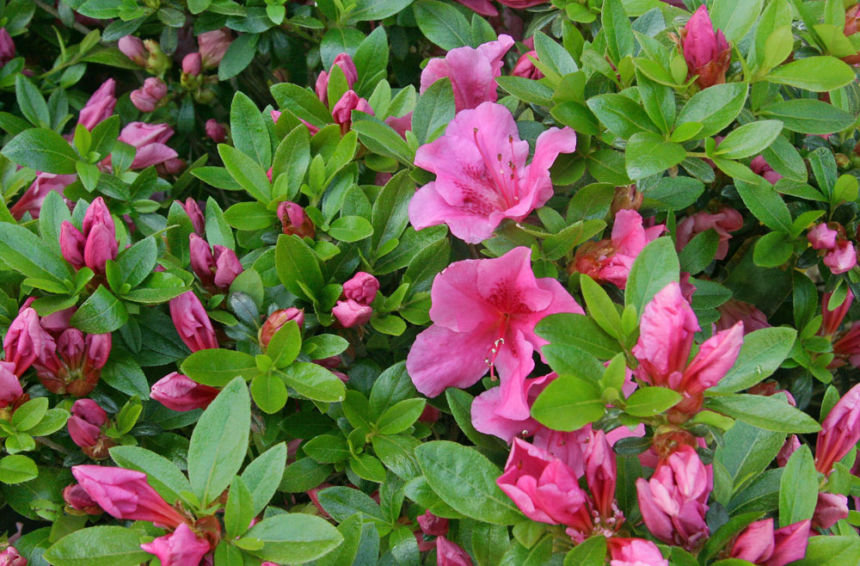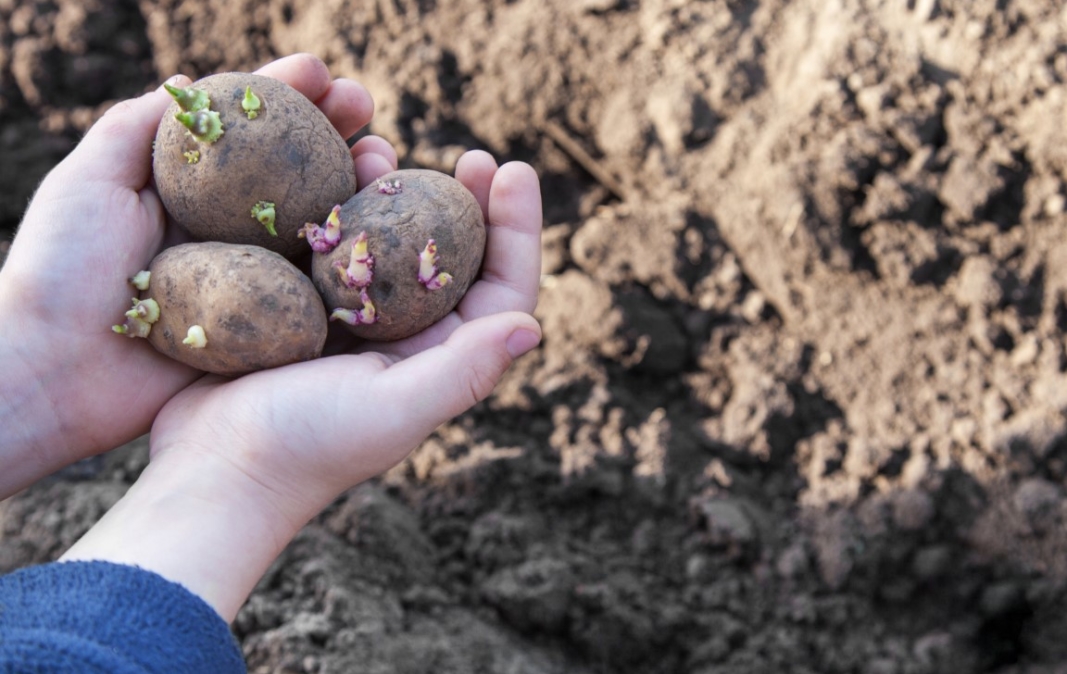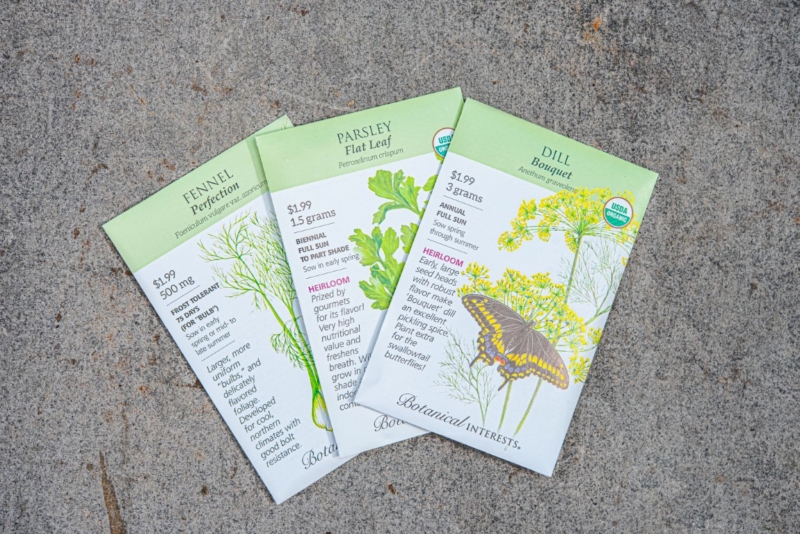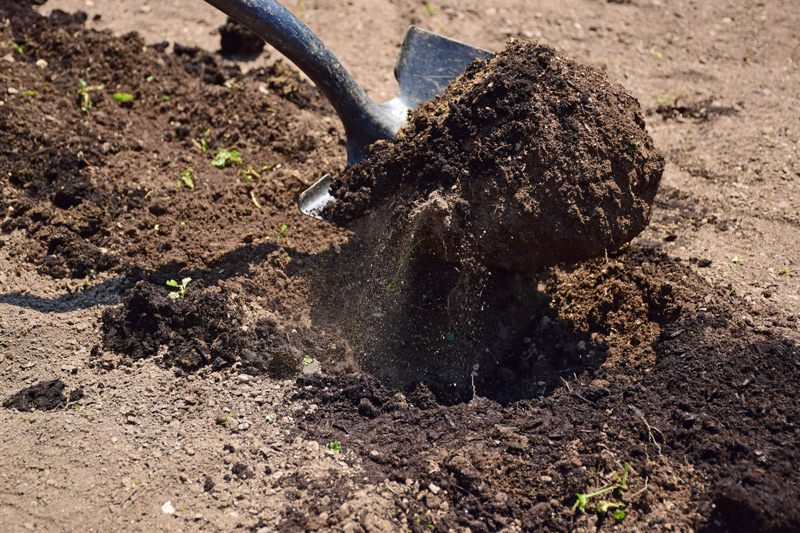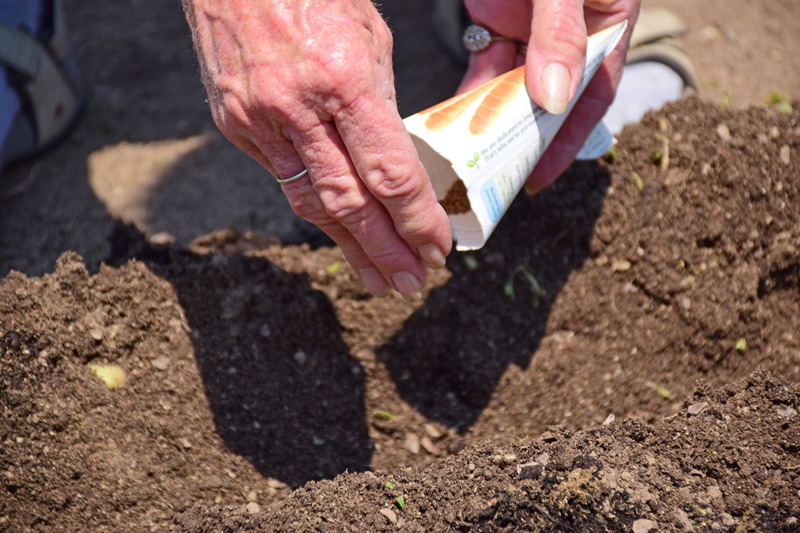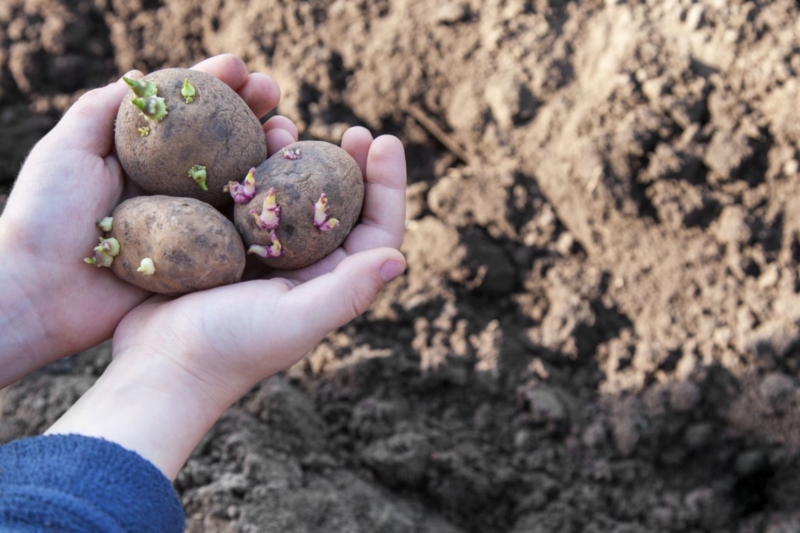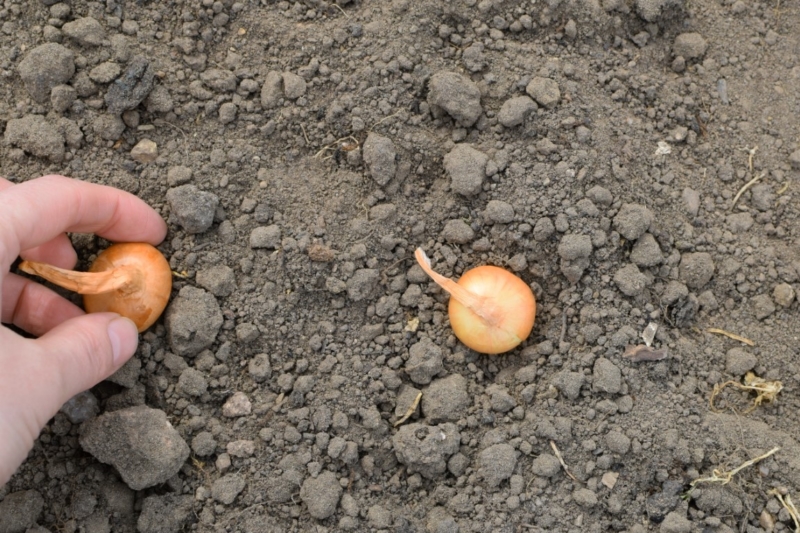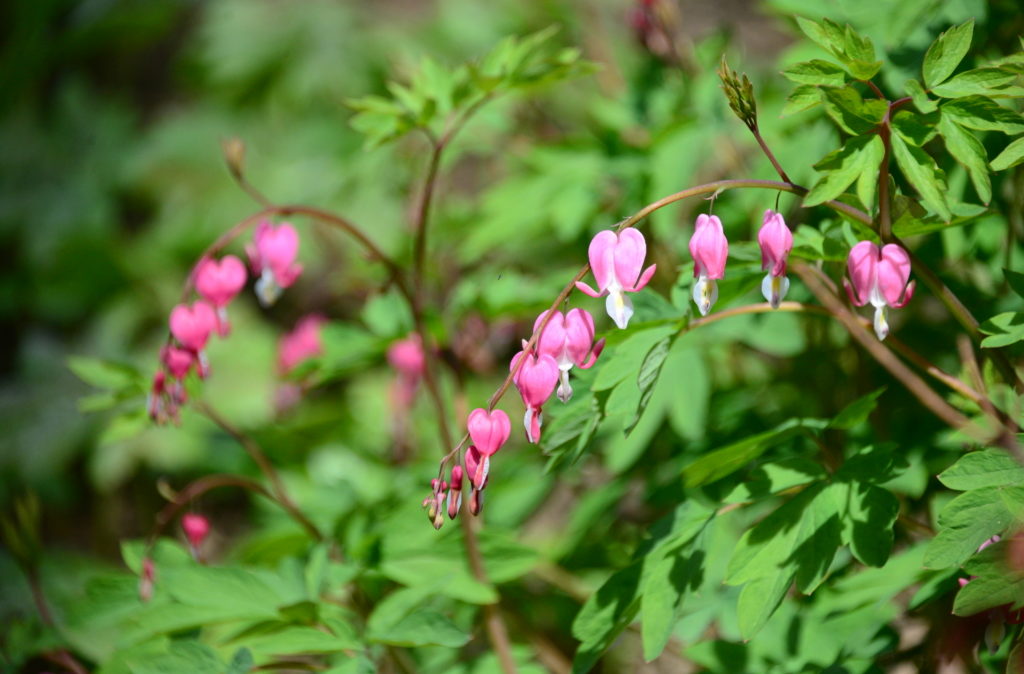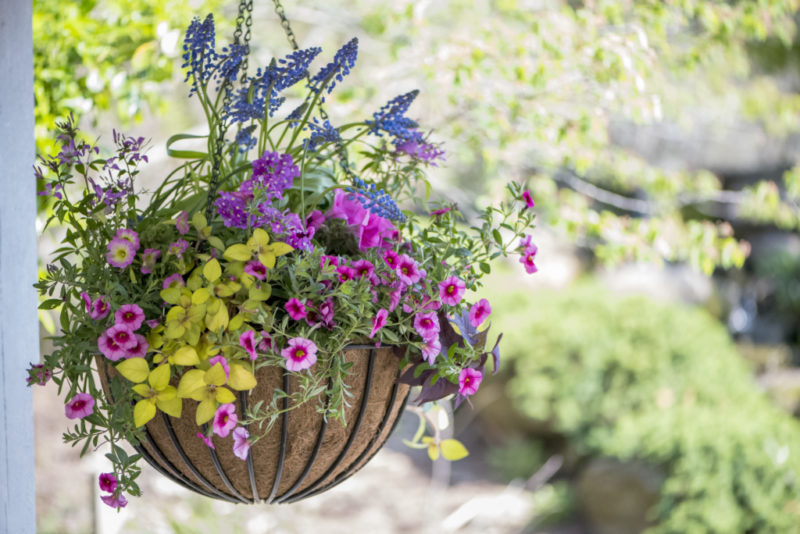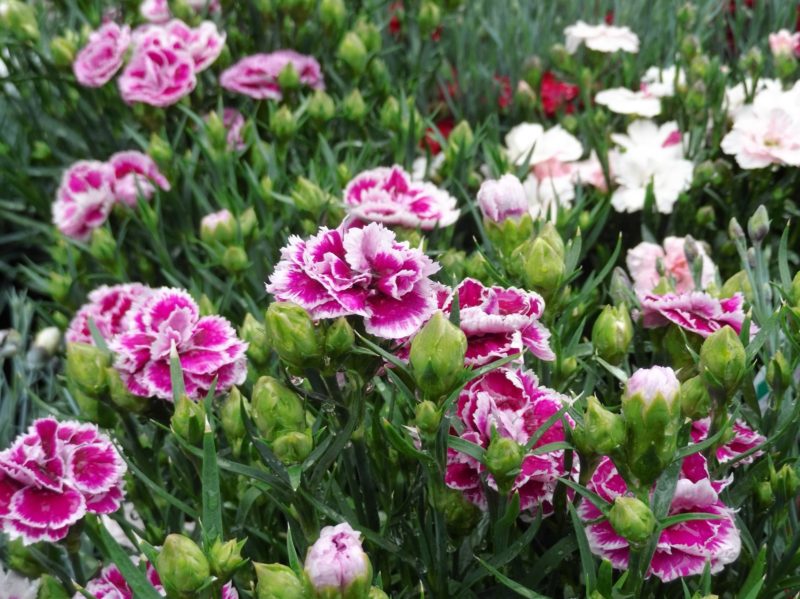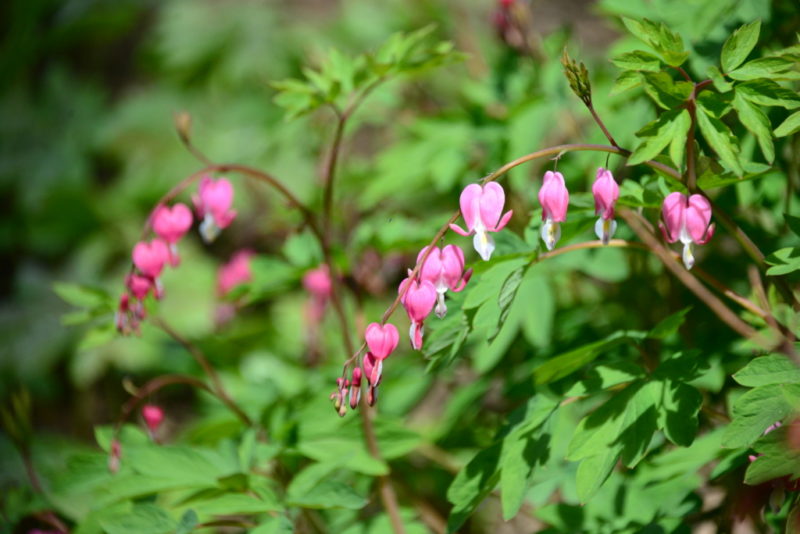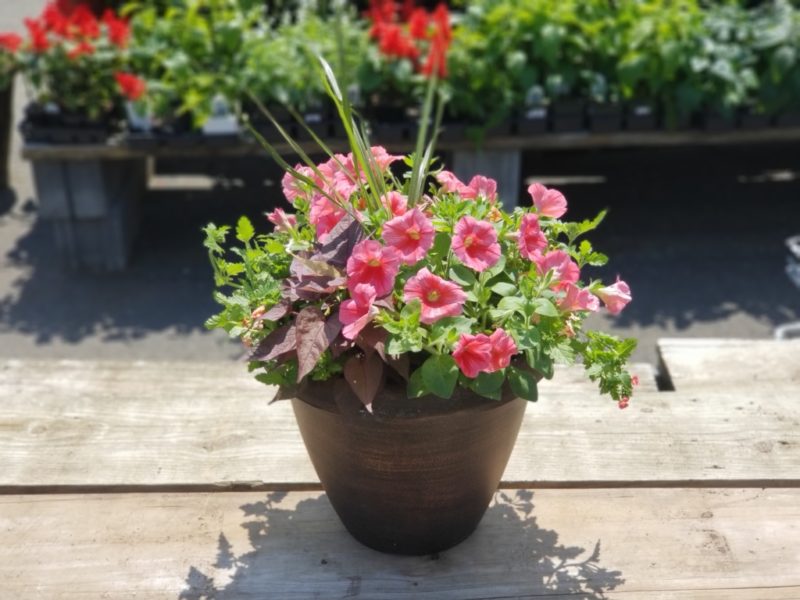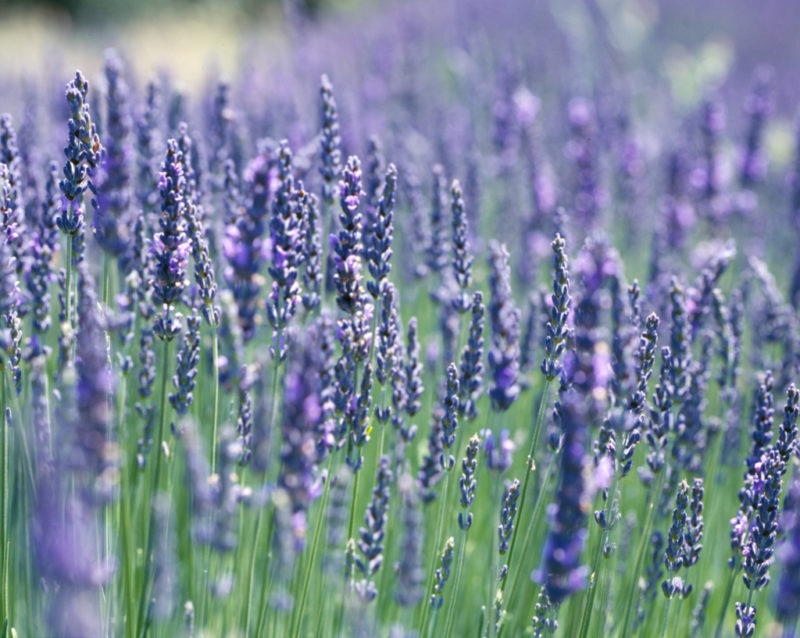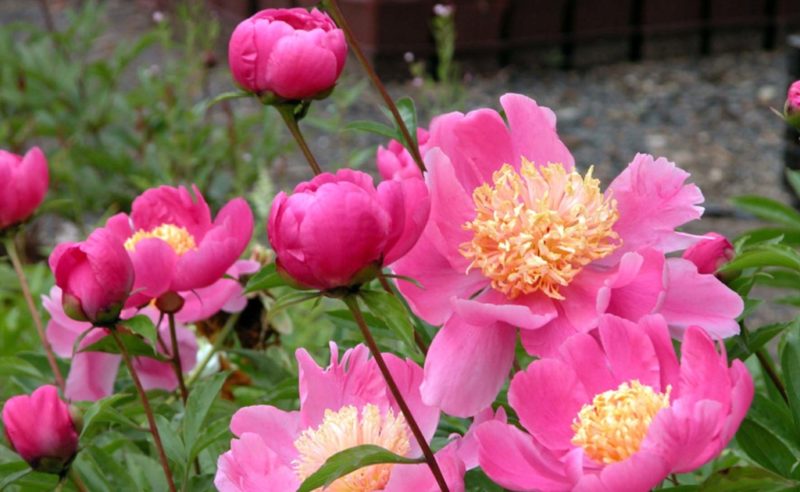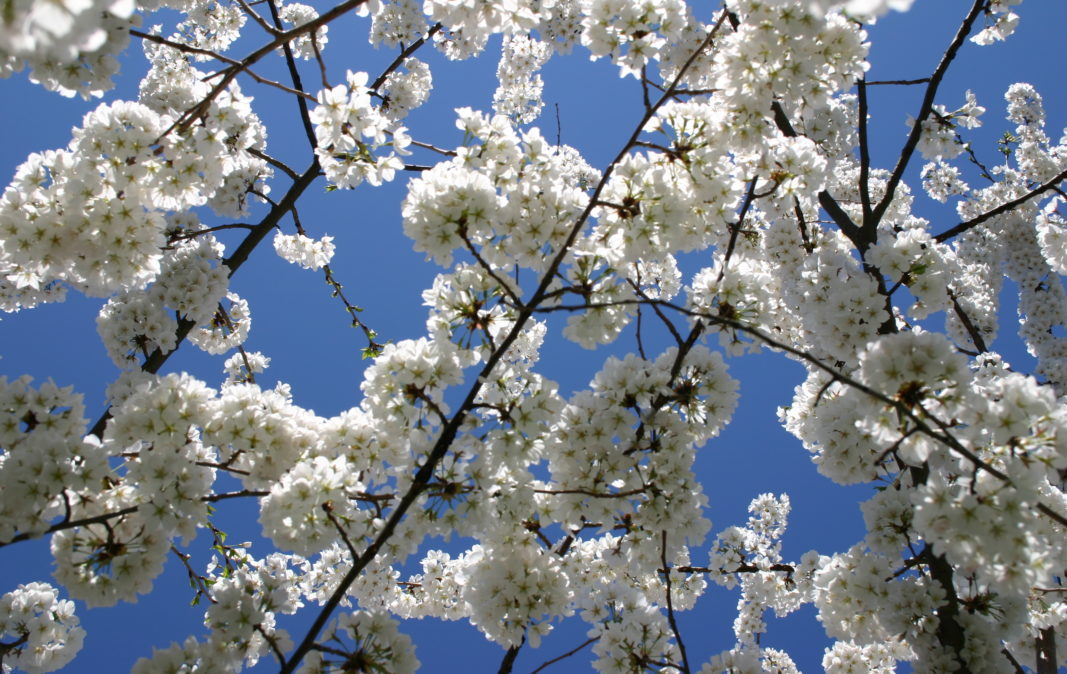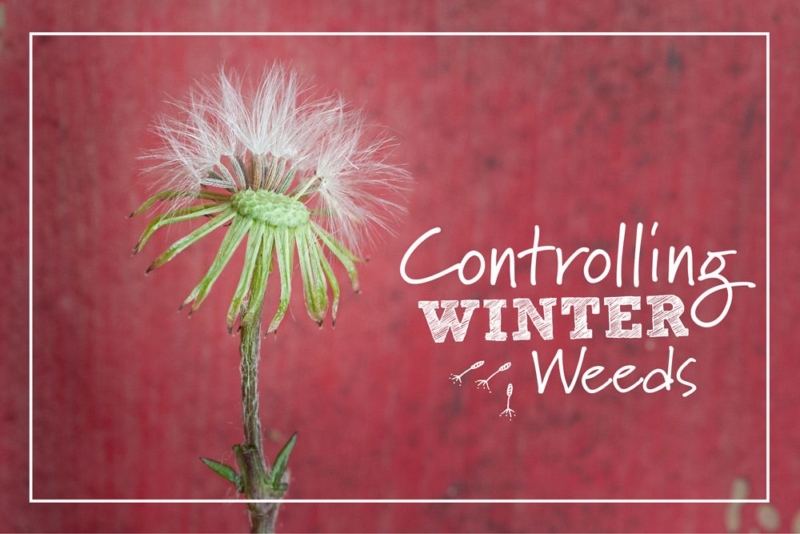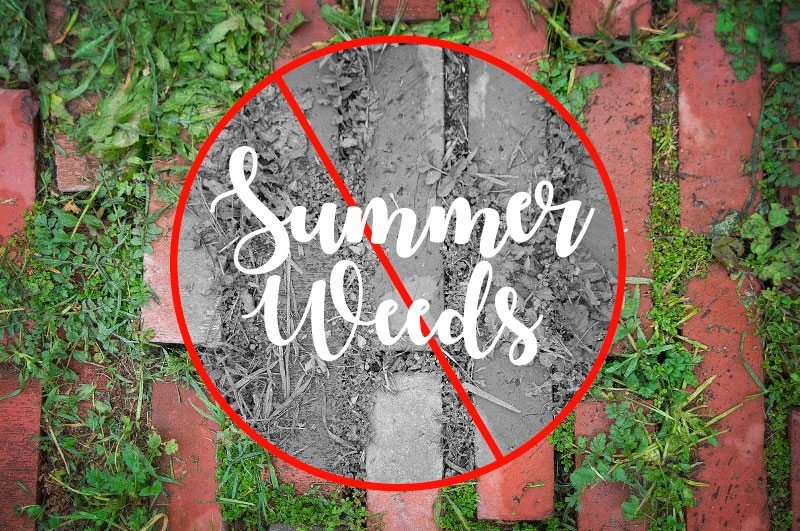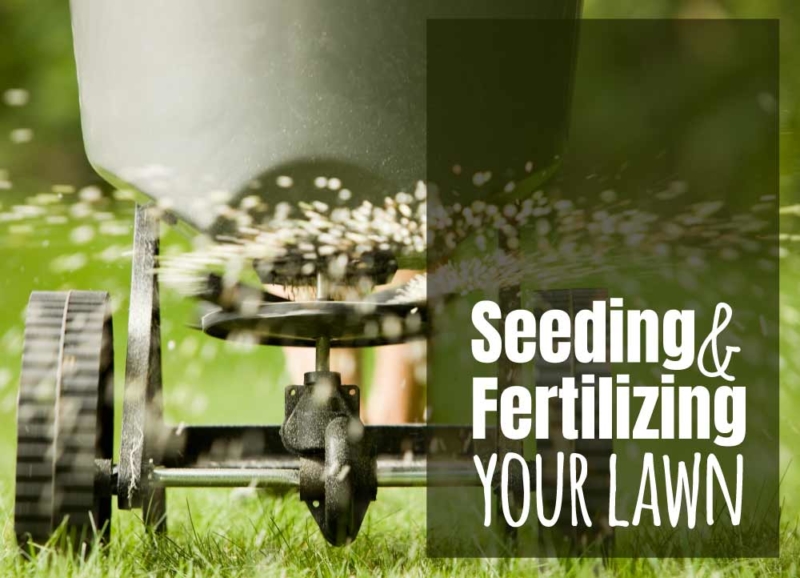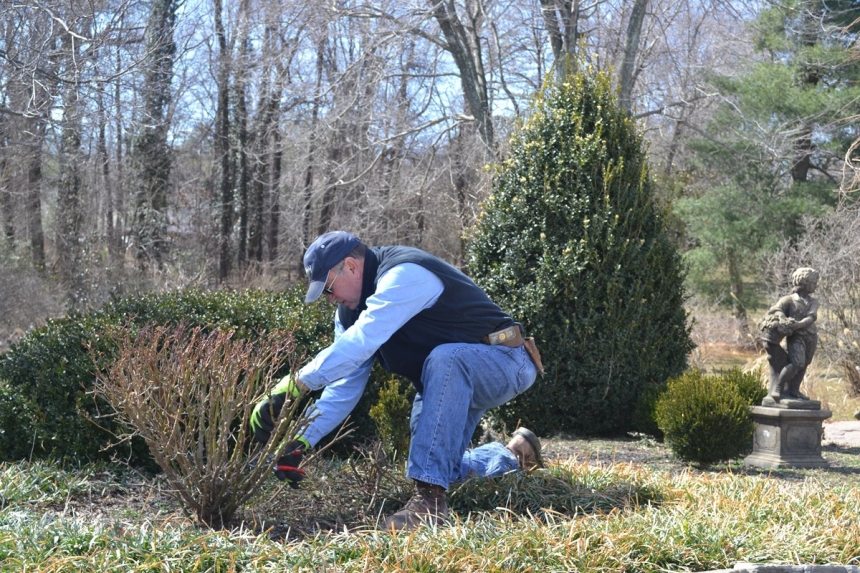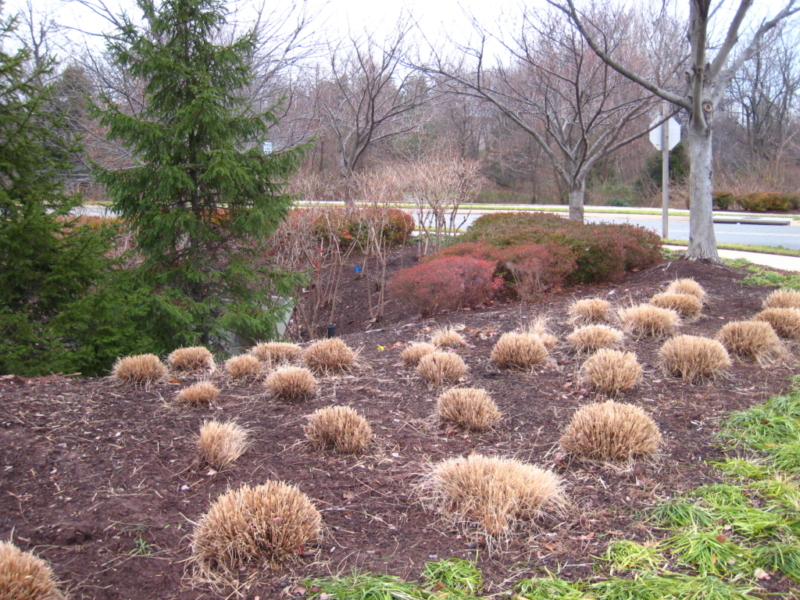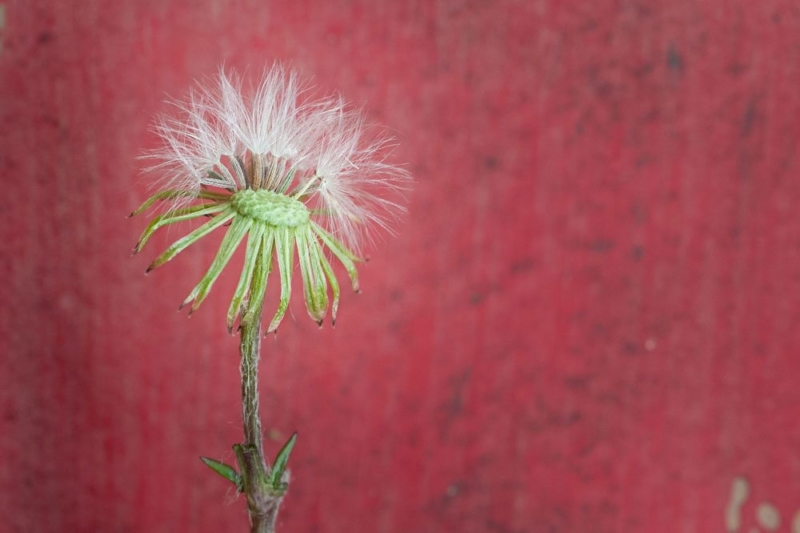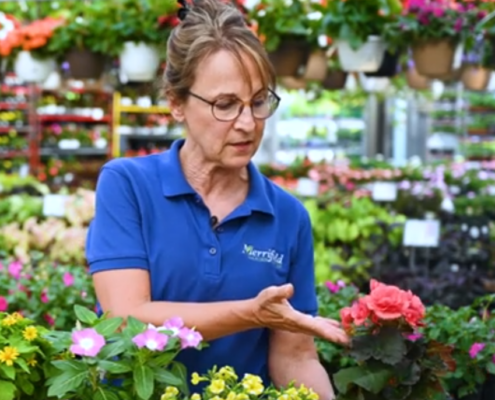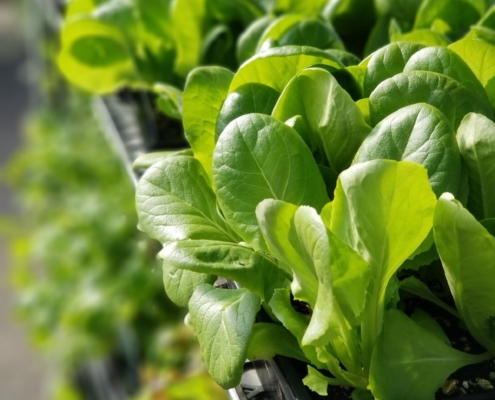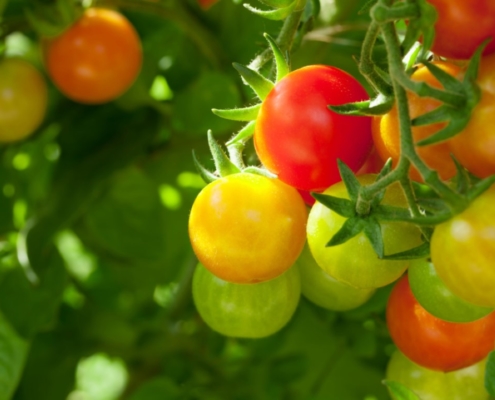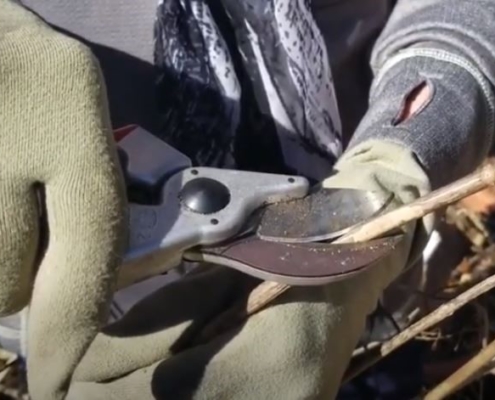Spring is here and we are indulging our spring fever with a lineup of our favorite spring blooming trees! Between the tried-and-true traditional favorites and new arrivals, we all have a tree we want for ourselves this season!
Cherry
‘Autumnalis’: If you just can’t get enough of cherry blossoms, try ‘Autumnalis’ in your landscape. This cultivar is known for blooming prolifically in the spring, then again sporadically in the late fall.
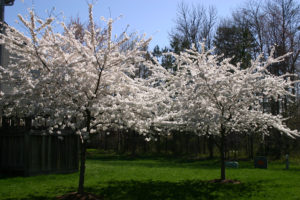
Yoshino Cherry: If you are looking for the best-known cherry tree in the northern Virginia region, this is your variety. Each year it turns the Washington DC Tidal Basin into a cloud of white blooms in early spring. Placing one in your yard may not draw millions of visitors from around the world as the Cherry Blossom Festival does, but that may be for the best!
Weeping Higan: The arching branches of this weeping variety can drape all the way to the ground with blooms in early spring. This popular ornamental variety produces light pink flowers.
Magnolia
As one of our most popular and iconic trees of the southeastern United States, there are many varieties of magnolia to choose from in addition to the beloved southern magnolia. Here are some of our favorites:
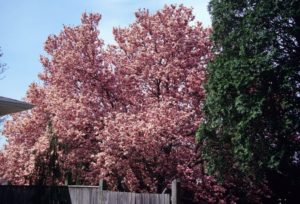
Saucer Magnolia: Without a doubt the most dramatic member of the magnolia family, this tree blooms in early spring with vibrant pink flowers. ‘Jane’ ‘Betty’ and ‘Ann’ are some of our favorite cultivars.
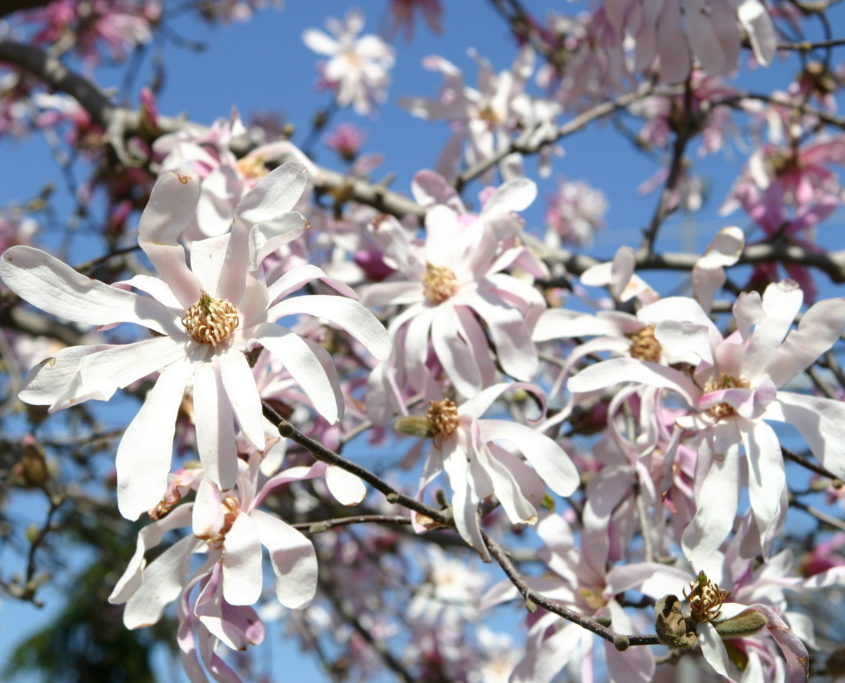
Star Magnolia: This tree unveils its magnificent star-like white blooms in early spring. In comparison with the bold structure of other magnolia blooms, the flowers of star magnolias are prized for their delicate appearance.
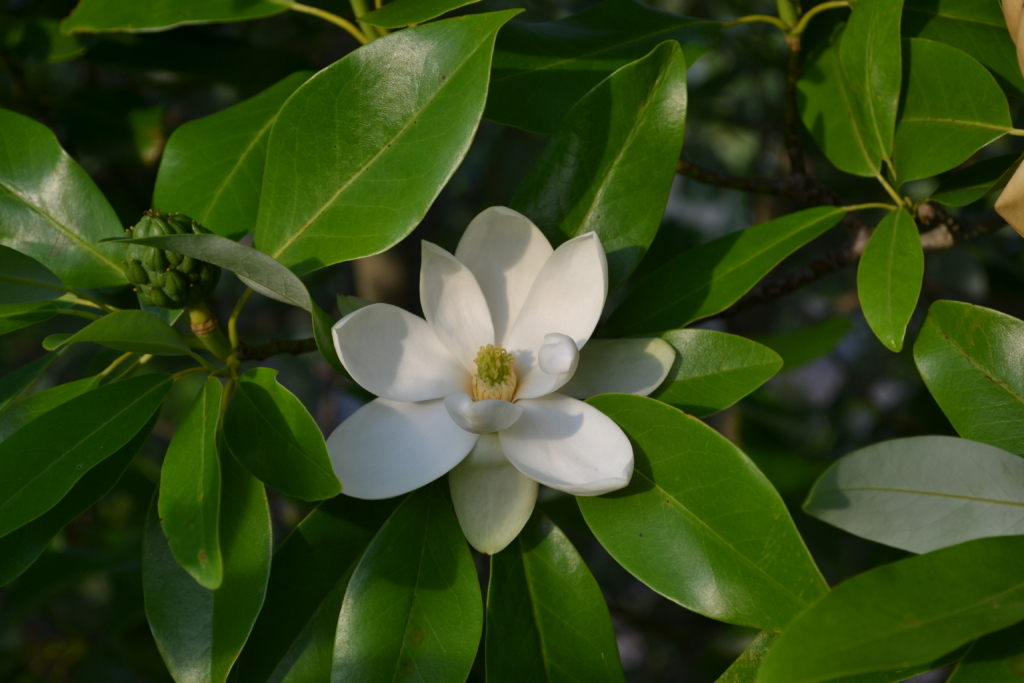
Sweet Bay Magnolia: This popular native variety delivers a creamy, white flower with a light lemon fragrance in early June. It is able to tolerate the clay soil in the area and is also able to handle poorly draining soil, making it a good choice for difficult landscape areas.
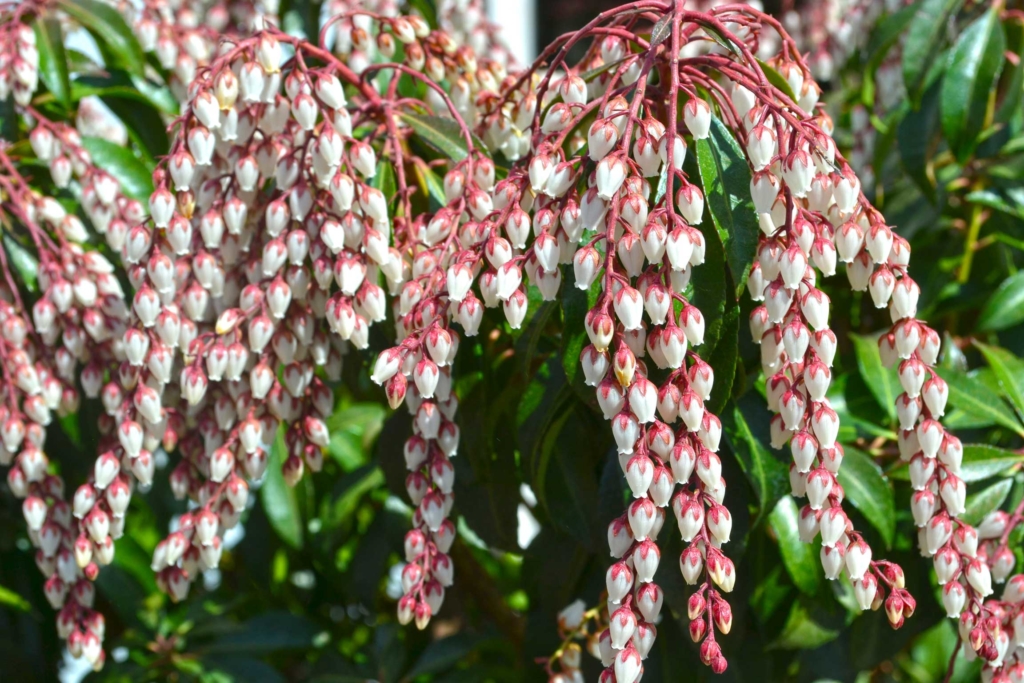
Pieris Japonica
This dense evergreen shrub produces drooping clusters of bell-shaped white flowers in early spring. Its foliage emerges bronze but matures to a glossy green.
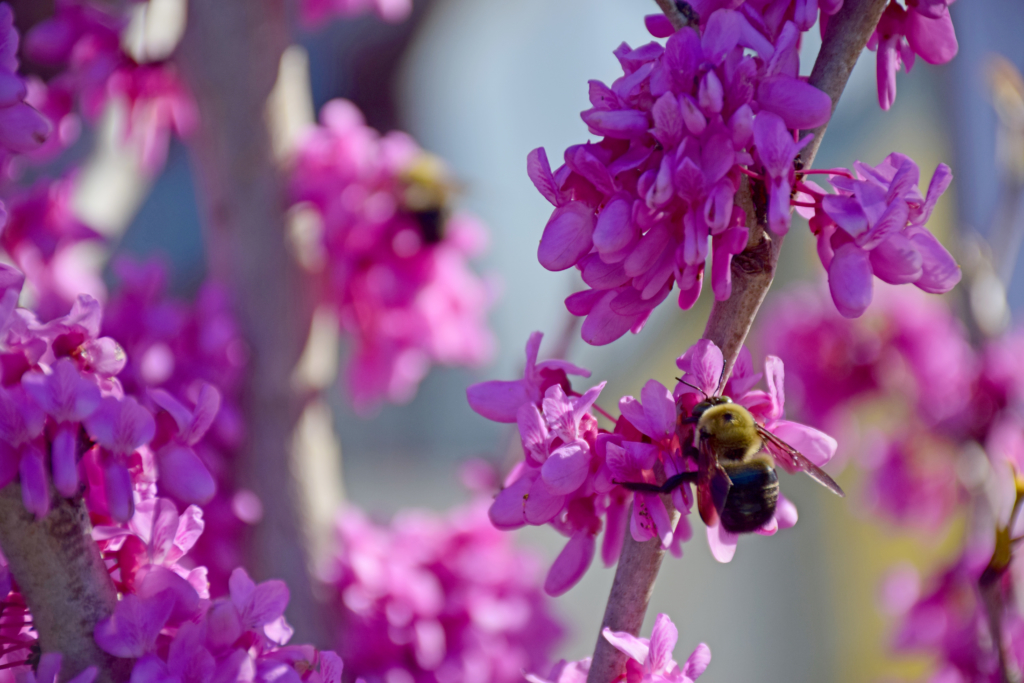
Redbud
Redbud is best known for its small clusters of magenta-pink flowers that bloom in late March to early April. While this tree is widely considered a harbinger of spring, it boasts beauty during the fall as well, when its heart-shaped leaves turn a light yellow. This tree comes in both upright and weeping varieties.
Here are some of our favorite cultivars:
- ‘Don Egolf’ is a dwarf Chinese cultivar named after Dr. Donald Egolf from the National Arboretum.
- ‘Appalachian Red’ has brighter blossoms than other redbuds. Their neon pink are almost red. We like to say they are two shades brighter than other redbuds!
- ‘Oklahoma’ has a darker purple blossom and a more compact, rounded form than other redbuds.
- ‘Ruby Falls’ is a popular weeping cultivar with purple foliage.
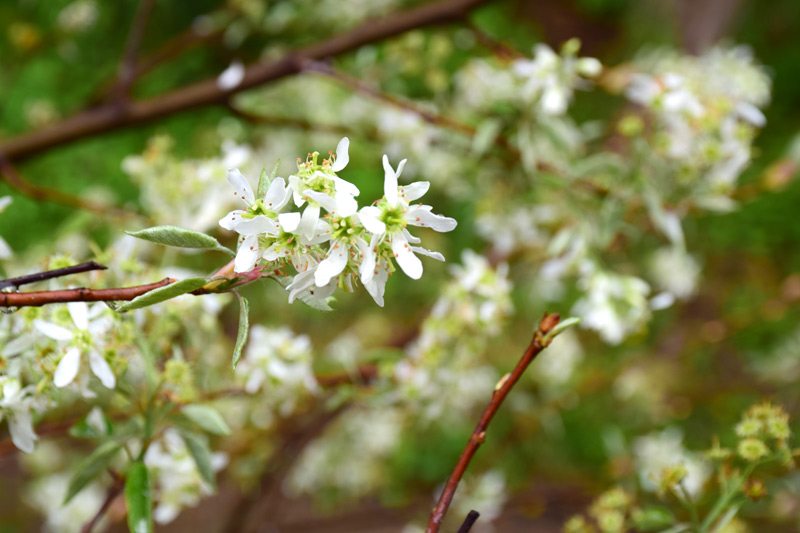
Serviceberry
This North American native is a great year-round plant. It blooms in early spring with clusters of white flowers, then in early summer its fruit ripens to a blue color and attracts local birds. In the fall, the leaves change to a vibrant red or yellow.
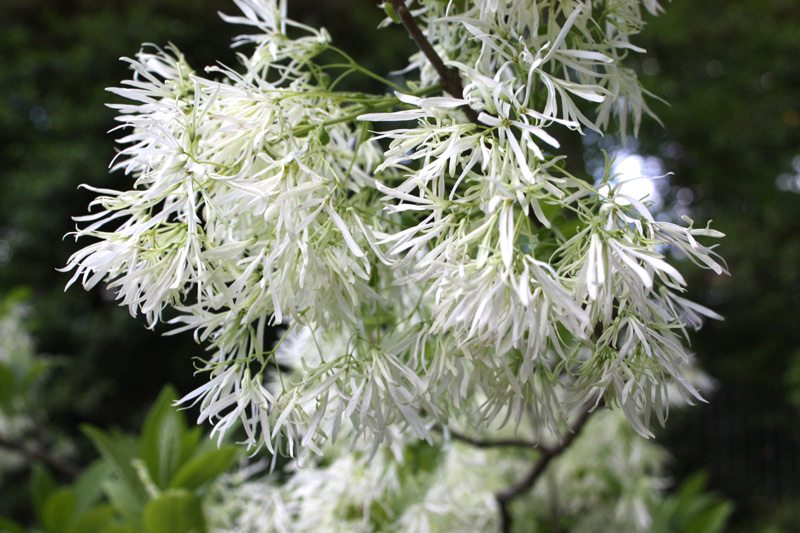
Virginia Fringe Tree
Another native, Virginia fringe tree produces blooms in late spring that look the way they sound – like white fringe! The airy, fragrant blooms give the tree a unique look, unlike any other plant we name in this post.


